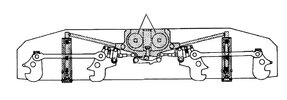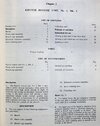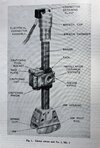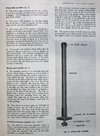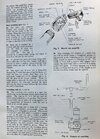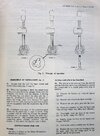Hi All,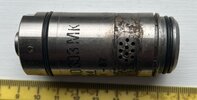
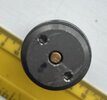
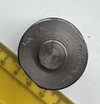 Can anyone tell me what this object is, please?
Can anyone tell me what this object is, please?
It is 71mm long overall, has a maximum diameter of 29mm, and is fitted with rubber O-rings at top and bottom. It is stencilled "C.E.R.U.(R)NO 303 MK ? [last figure rubbed away] 004 CY 8 -87", and the top is stamped FHS 1/1 12K/96 69453.
I have not seen anything like it before. Some sort of release unit? What does it go in? Who made it? How does it operate?
Any information gratefully received.
Thanks in advance,
Roger.


 Can anyone tell me what this object is, please?
Can anyone tell me what this object is, please?It is 71mm long overall, has a maximum diameter of 29mm, and is fitted with rubber O-rings at top and bottom. It is stencilled "C.E.R.U.(R)NO 303 MK ? [last figure rubbed away] 004 CY 8 -87", and the top is stamped FHS 1/1 12K/96 69453.
I have not seen anything like it before. Some sort of release unit? What does it go in? Who made it? How does it operate?
Any information gratefully received.
Thanks in advance,
Roger.

